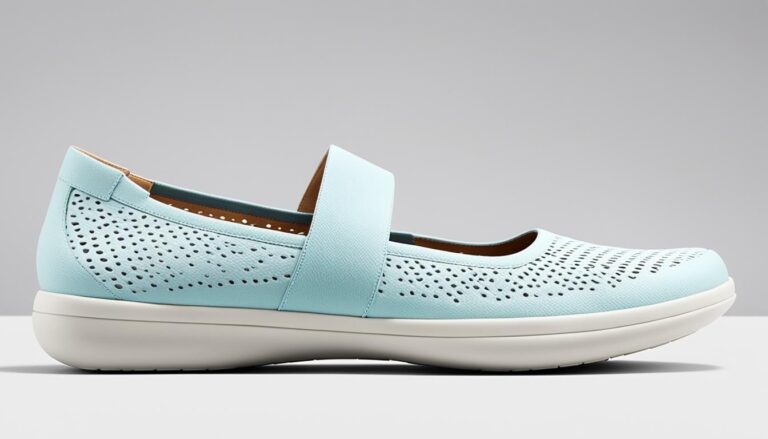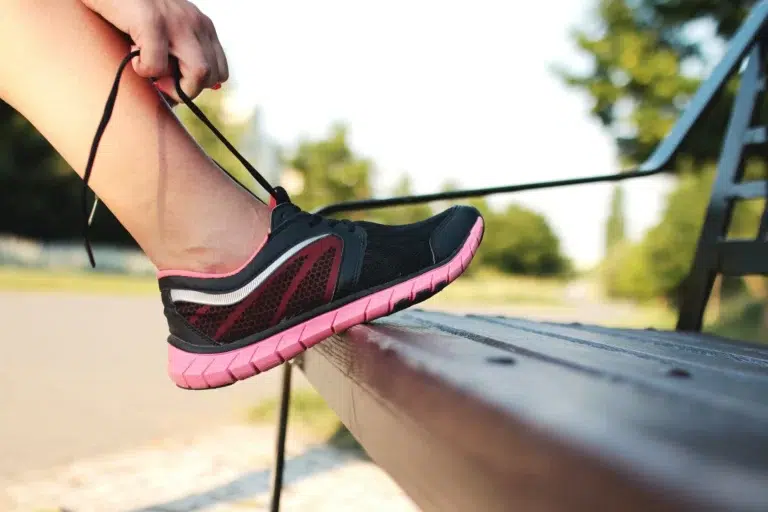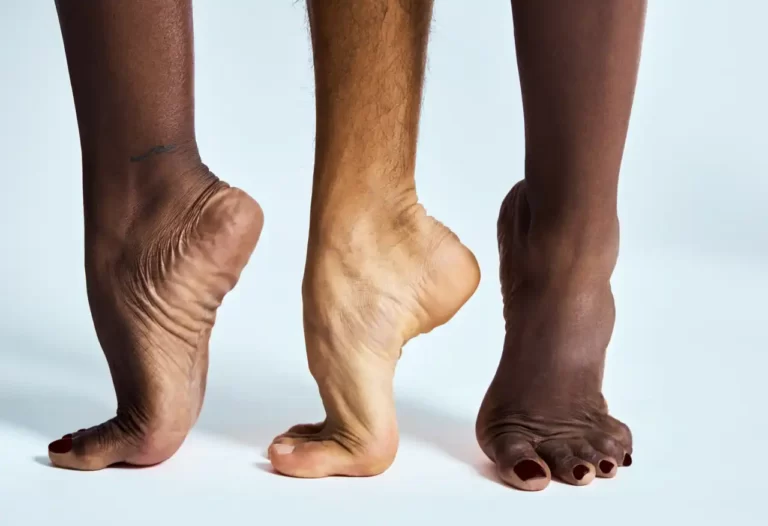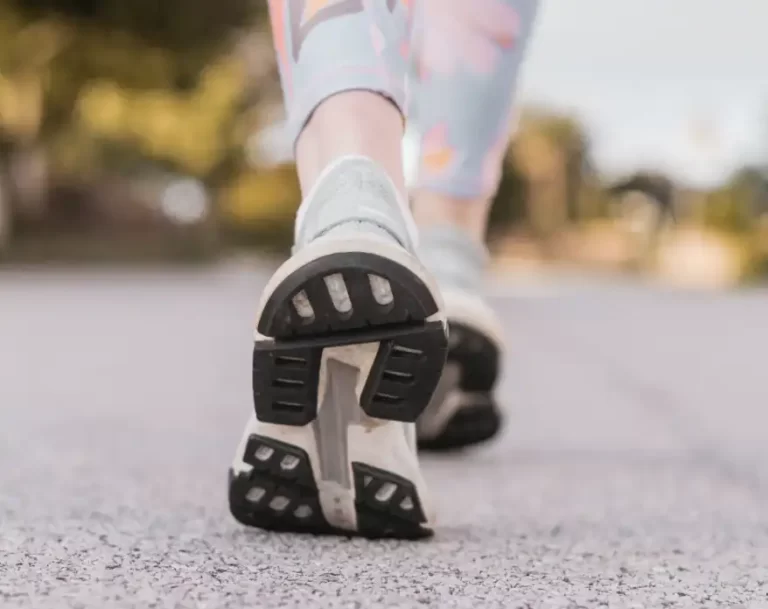Foot Pain Relief: How Narrow Heel Inserts Can Help
Narrow heel inserts are design to improve the fit of shoes by reducing excess space in the heel. They are usually made from materials like silicone, gel, or foam. The inserts offer a snug, stable feel. They stop issues like heel slippage and blisters. They’re ideal for shoes that are slightly too big, enhancing comfort and stability without the need to purchase new footwear.
Why Use Narrow Heel Inserts?
Wearing shoes with a narrow heel can often lead to pain and discomfort, as the heel rubs uncomfortably against the back of the shoe. Narrow heel inserts help prevent this. Here’s why you may want to use narrow heel inserts:
– Prevent foot pain from narrow heels
Narrow heels concentrate pressure into a small area on the back of your foot. This can cause blisters, calluses, and general soreness over time. Inserts cushion and pad the heel, protecting it from friction and absorbing impact. This prevents pain and discomfort when wearing narrow heeled shoes.
– Improve comfort and fit
Inserts take up space in the shoe, filling in gaps and preventing your foot from sliding. This provides a more secure and comfortable fit. The inserts conform to your heel shape for customized cushioning and support. You’ll be able to wear narrow heeled shoes comfortably for longer periods.
– Allow wearing narrow heeled shoes
Some shoe styles only come in a narrow heel design. Inserts let you wear these fashionable shoes without suffering aftereffects. You don’t have to avoid certain styles to spare your feet. Inserts make narrow heels wearable and expand your shoe options.
Types of Narrow Heel Inserts
There are several types of inserts designed to make narrow heels more comfortable. The most common materials are:
Gel Inserts

Gel inserts provide excellent shock absorption and cushioning. The gel conforms to the shape of your feet to relieve pressure on the ball and heel. Gel is also moisture-wicking which helps prevent odor and sweating.
Gel inserts are soft and comfortable for extended wear. They evenly distribute weight across the bottom of the feet. The main downside is that gel compresses over time and loses some shock absorbing ability.
Memory Foam Inserts

Memory foam molds closely to the contours of the feet. It provides customized support and reduces pressure points. Memory foam inserts distribute weight evenly like gel.
Memory foam rebounds well and retains its shape better than gel over time. It’s also effective at minimizing friction and shearing forces inside too-narrow heels.
Felt Inserts

Felt is a classic, affordable insert material. It cushions and pads sensitive areas prone to blisters like the toes and heels. The soft felt eases friction inside snug heels.
Felt absorbs moisture and dries quickly. It compresses easily to fit different foot shapes. The downside is that felt compacts down over time and needs replacing more often than foams.
How to Choose the Right Inserts
When selecting narrow heel inserts, it’s important to consider your specific needs and foot anatomy to find the best option. Here are some tips:
– Consider heel width and shape. Everyone’s heels are slightly different, so finding an insert that matches your heel shape will provide the most secure fit. Measure across the widest part of your heel to determine the width. Also note if your heel is rounded or more squared off.
– Pick material based on needs. Insert materials like gel, foam, or cork provide different benefits. Gel cushions heels and absorbs shock. Foam molds to your foot for comfort. Cork conforms to the heel and helps minimize friction. Choose what works best for your foot issues.
– Get professionally fitted. Visiting a specialty shoe store or pedorthist allows you to get your feet properly measured and fitted for inserts. They can assess your foot type, arch, and gait to recommend the best inserts. Custom-molded inserts provide the most tailored fit.
Getting inserts that are sized right and made of the appropriate material for your needs will ensure maximum comfort and support. Don’t hesitate to get help from a foot specialist to find the perfect pair. Ill-fitting inserts can cause new problems. Take the time to choose inserts designed for your foot shape and issues.
Proper Use and Care
Using narrow heel inserts properly is key to getting the most benefit and longevity from them. Here are some tips:
Inserting and Removing
– Make sure your heels and the inserts are clean before inserting. Debris can cause rubbing and discomfort.
– Insert the narrow end of the insert first, sliding it all the way back until it fits snugly against the heel.
– To remove, gently pull the insert out from the heel opening starting from the wide front end. Don’t yank or pull hard.
Cleaning and Storage
– Use a mild soap and water to handwash inserts. Don’t machine wash or dry them.
– Allow inserts to fully air dry before storing or reusing.
– Store inserts in a cool, dry place. Keeping them in their original packaging can help retain shape.
– Don’t use bleach or harsh cleaners which can degrade the materials over time.
Replacement
– Plan on replacing inserts every 4-6 months with regular wear. They compress and lose effectiveness over time.
– Replace immediately if inserts become visibly worn, misshapen, or start causing discomfort.
– Swap out inserts that get frequently wet or sweaty for fresh ones to prevent bacterial growth.
Following proper use and care guidelines will help narrow heel inserts provide comfort and support for months of wear. Replace them regularly to keep heels happy and blister-free.
DIY Narrow Heel Inserts
Making your own custom narrow heel inserts can be easy and affordable with just a few supplies. Here’s what you’ll need and how to do it:
Materials
– Foam, felt, or soft fabric for the inserts
– Scissors
– Hot glue gun
– Pen or pencil
– Tape measure
Instructions
1. Trace the outline of your heel on paper and cut it out. This will be your template.
2. Place the template on your foam/felt/fabric and trace around it. Cut out the shape.
3. Try on the insert to check the fit. It should fit snugly around the edges of your heel without bumping when you walk.
4. Trim the shape as needed until you get a perfect fit.
5. Cut a second insert shape using the final template.
6. Glue the inserts together with hot glue, leaving about a 1/4 inch seam allowance. Press firmly.
7. Once the glue dries, try on your DIY inserts! Adjust and add more glue if needed.
Customization Tips
– For more cushioning, use a thicker foam or stack multiple layers.
– Decorate the inserts with fabric glue and rhinestones, lace, or other embellishments.
– For moisture absorption, use felt or add a cotton top layer.
– Cut notches or grooves in foam inserts for more flexibility.
– Shape the edges in a curve or point for a customized look.
– Use anti-slip mesh, grip tape, or silicone on the bottom to prevent sliding.
Let me know if you would like me to expand on any part of the DIY section!
Buying Guide
When buying narrow heel inserts, shop from trusted retailers. They specialize in foot care. Many pharmacies and medical supply stores will carry inserts. Some department stores and specialty shoe stores will too. Online retailers like Amazon also sell various brands of heel inserts.
Look for inserts made from high quality, durable materials like gel, silicone, or foam. The insert should provide cushioning and support without being overly bulky. Make sure the insert is designed specifically for narrow heels versus a generic cushioned insert. Consider any special features like anti-microbial properties to prevent odor.
Narrow heel inserts can range in price from $5-$30 depending on the materials, brand, and features. Simple cushioned inserts without many features run $5-$15. More advanced inserts made from gel or with extra arch support and cushioning can cost $15-$30. It’s worthwhile to invest in a quality product that will provide comfort and correct any foot issues.
Used properly, narrow heel inserts can improve shoe fit. They also reduce pain and prevent blisters and calluses on the heel. Take the time to find the right insert to address any specific foot concerns.
Top Brands
When it comes to narrow heel inserts, there are a few major brands that stand out for their quality and selection.
Roaming Feet
Roamingfeet stands out with their extra deep heel cups that stabilize and support the heel. Their contoured shape helps align the foot for improved comfort.

They have a variety of narrow heel inserts designed for different types of activities from walking to hiking. Many of their inserts feature anti-microbial top fabric that helps control odor. Roamingfeet inserts are made to last and come with warranties up to 12 months.
Dr. Scholl’s
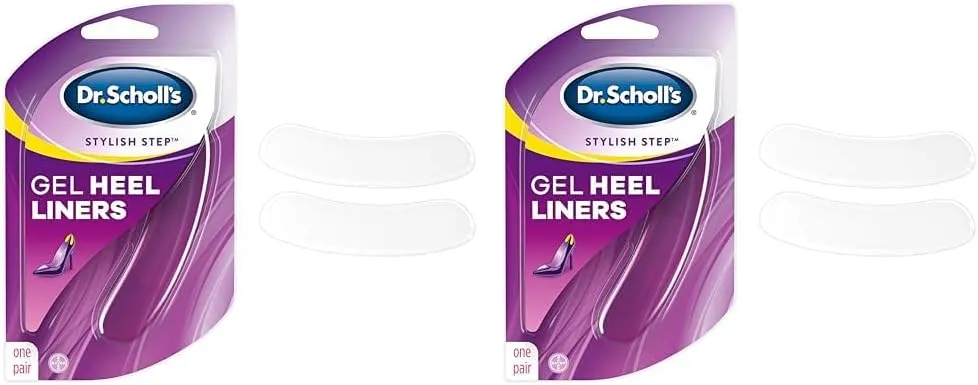
Dr. Scholl’s is one of the most recognizable brands when it comes to foot care products. They offer a wide variety of narrow heel inserts for all types of shoes including high heels, boots, flats, and sneakers.
Dr. Scholl’s inserts are made with gel and memory foam for superior cushioning and shock absorption. Many of their inserts also feature sweat-absorbing top fabric to help keep feet dry. They use anatomically contoured designs to provide arch support and reduce heel pain.
Dr. Foot
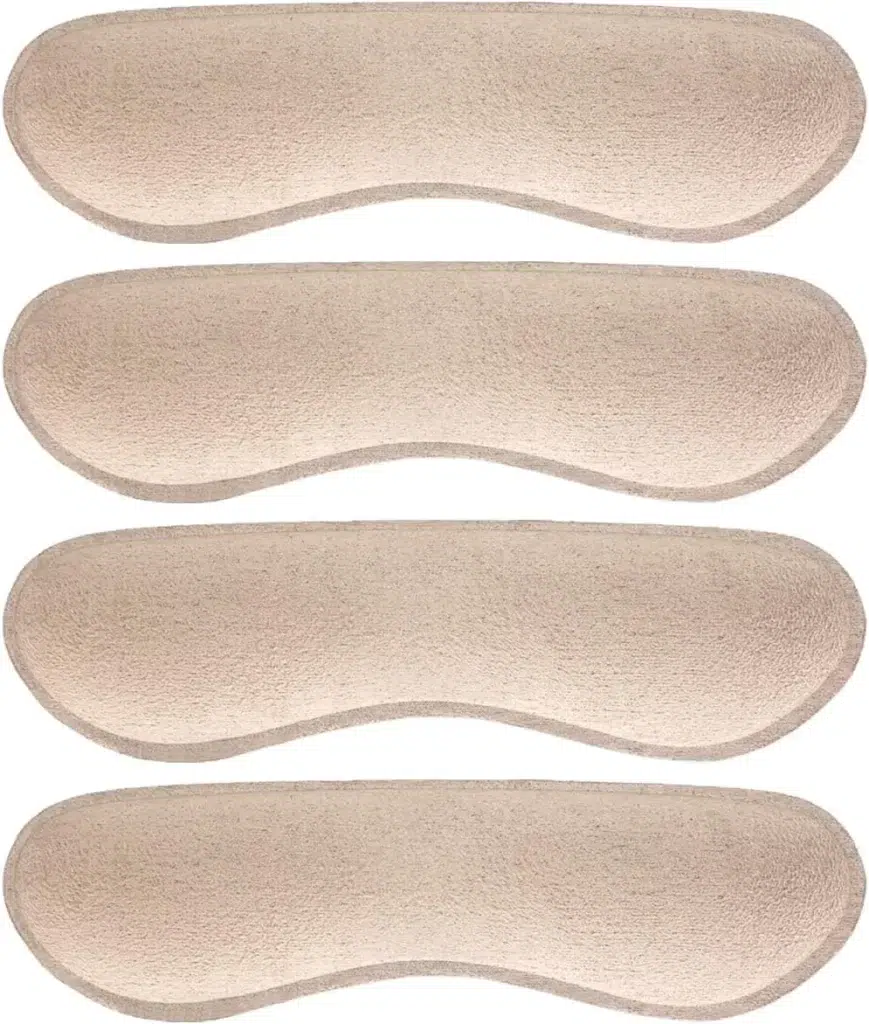
Dr foot focuses on products to relieve foot pain and improve comfort. Their narrow heel inserts provide excellent arch support and heel cushioning.
They offer options specifically designed for narrow heels. These help prevent sliding in shoes with a tapered back. Dr foot inserts are made with layers of supportive cushioning and feature moisture-wicking fabric.
Comparisons
All three brands offer quality narrow heel inserts with some variances. Dr foot inserts tend to be thinner while Dr. Scholl’s and Roaming feet have more cushioning. For severe heel pain, Dr. Scholl’s gel inserts provide excellent shock absorption. Roaming feet offers the most options for narrow heels in active shoes like sneakers and boots.
Who Can Benefit from Narrow Heel Inserts?
Narrow heel inserts are designed for women with narrow heels who want a more comfortable and supportive fit in their shoes. They can benefit women who:
– Have naturally narrow heels. Some women simply have narrow or slimmer heels compared to the rest of their feet. This can make finding well-fitting shoes a struggle. Narrow inserts help fill in the empty space in the backs of shoes.
– Wear high heels frequently. Anyone who wears high heels, especially stilettos, knows the toll it can take on the feet. High heels force the foot into an unnatural position, putting pressure on the heel. Narrow inserts add cushioning and support.
– Suffer from bunions or calluses. Bunions and calluses on the heel are common with narrow feet or ill-fitting shoes. The friction and pressure leads to painful irritation. Inserts reduce friction and absorb shock.
– Have other foot issues like plantar fasciitis. Narrow inserts can also help with plantar fasciitis, a condition that causes heel pain and inflammation. The extra cushioning helps take pressure off the affected area.
– Want relief from rubbing and blisters. The constant friction against the back of the shoe can lead to painful blisters on the heel. Inserts create a barrier and smooth surface to prevent this irritation.
So women want snugger, more comfy heels. They need extra support or cushioning. They suffer from foot pain made worse by narrow heels. They can benefit a lot from these specialized inserts. They help enhance the fit of shoes and prevent many problems associated with narrow heels.
Alternatives to Try
Besides narrow heel inserts, there are other options that can help improve shoe comfort and fit. Here are some alternatives worth considering:
Wider Heels or Shoes
Choosing shoes with a wider heel, more rounded toe box, or overall wider fit can reduce pressure on the feet and provide more stability. Look for shoes labeled “wide width” or go up half a size. Booties, wedges, platforms, and chunky heels tend to offer more room.
Gel Pads
Gel pads and heel cushions can absorb shock and reduce friction in problem areas. Place cushioning pads around the heel or ball of the foot. Self-adhesive gel pads stick right into shoes.
Proper Fit and Sizing
Getting a proper shoe fit can alleviate many discomforts. Visit a shoe store for fittings and have your feet measured. Shoes stretch over time so opt for snug but not tight. Leave a thumb’s width between the longest toe and end of shoe.
Foot Exercises
Simple foot stretches and exercises can strengthen muscles, improve circulation, and enhance flexibility. Roll a tennis ball underfoot while sitting. Try toe curls, ankle rolls, and other easy exercises. Proper conditioning prevents foot problems.
Testing different solutions allows you to find the most effective option for your specific needs and foot type. Consult a podiatrist for severe or persisting problems. With some adjustments, you can achieve comfortable heels that are fashionable and functional.
Conclusion
Narrow heel inserts are valuable tools. They help with the common issue of ill-fitting shoes. This problem is especially common with heels. For heels, fit and comfort clash with fashion and design. These inserts serve two purposes. They improve shoe fit, making shoes more secure and comfortable. They also prevent many foot problems, such as blisters and calluses. They also stop the development of severe conditions like plantar fasciitis. The marketplace offers a variety of materials and designs. They range from gel to memory foam, and even DIY solutions. People can choose inserts that cater to their needs and preferences.
Also, heel inserts highlight a bigger talk. This talk is about the link of foot health to footwear choices. They offer a practical and customizable solution. It’s for those looking to improve shoe comfort without compromising on style or buying new shoes. By picking the right inserts, wearers boost their comfort. They also take a proactive step to maintain their foot health.
You can choose a high-quality brand like Roaming Feet Dr. Scholl’s, Dr Foot, or Roamingfeet. Or, you can make a custom pair with household materials. The key is knowing your feet’s needs and how to support them. Narrow heel inserts are a simple way to bridge the gap between style and comfort. Many have found them effective. They show that, with the right accessories, you can indeed have the best of both worlds.


